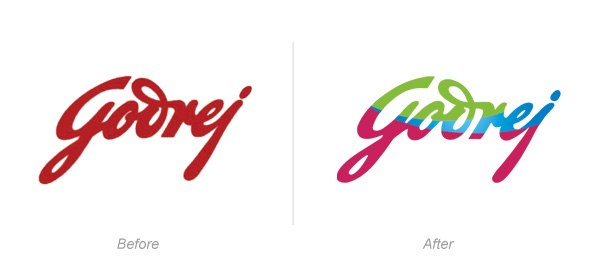The perception of Branding holds great significance since many years; it is the explanation to distinguish the goods and services from one to another. Customer’s simple understanding of brand is to relate and consider with simple information processing about products purchasing and being positive about the brand to construct their trust with time. Branding is a method that is utilized by the enterprises to utilize trading schemes to enhance their merchandise or service likeness in order that it is more gladly recollected by the customer. Branding assists the goods or service to make a favorable influence on the goal customers while the branding notions assist in explaining the guidelines that should be pursued throughout the branding process.… Read the rest
Brand Management
Levels of Products or Product Hierarchy
In planning market offering, the marketer needs to think through five levels of the product, each level adds more customer value, and the five levels constitute a customer value hierarchy. Each product is related to certain other products. The product hierarchy stretches from basic needs to particular items that satisfy those needs.
- Core Product – The most fundamental level is the core benefit. It is the fundamental benefit or service the customer is really buying. Marketers see themselves as benefit providers. E.g. A hotel guest is buying rest and sleep.
- Generic/Basic Product – At the second level the, marketer has to turn the core benefit into basic product.
Case Study of Bajaj Auto: Establishment of New Brand Identity
The Bajaj Group is amongst the top 10 business houses in India. Its footprint stretches over a wide range of industries, spanning automobiles (two-wheelers and three-wheelers), home appliances, lighting, iron and steel, insurance, travel and finance. The group flagship company, Bajaj Auto, is ranked as the world’s fourth largest two- and three wheeler manufacturer and the Bajaj brand is well-known in over a dozen countries in Europe, Latin America, the US and Asia.
Founded in 1926, at the height of India’s movement for independence from the British, the group has an illustrious history. The integrity, dedication, resourcefulness and determination to succeed which are characteristic of the group today, are often traced back to its birth during those days of relentless devotion to a common cause.… Read the rest
Case Study of Godrej: Brand that Went for a Makeover to Succeed
In 2008, the Rs 9,000-crore Godrej Group did something it has never done before: changed its brand identity. Flanked by daughter and executive director and president, marketing, Tanya Dubash, chairman of the Godrej Group Adi B Godrej, unveiled the group’s colourful new logo before the media and said, “With our new initiatives, we are targeting a growth of 25-30% annually. The purpose of the whole exercise is to make the Godrej brand relevant and contemporary. Tanya is the chief architect of the project.”
Shedding its “frumpy old lady” image (chairman Adi Godrej admitted in a 2002 press meet that a Godrej as a brand has the image of “a frumpy old lady” and is looked upon as “an industrial brand”), the 111-year-old Godrej Group now sports a logo in bright colours-green, blue and ruby-a far cry from the staid look it has donned since the Group was founded at Lalbaug, central Mumbai, in 1897.… Read the rest
Case Study of Motorola: Brand Revitalization Through Design
When Motorola released its earnings report for the second quarter ending June 2005, analyst and competitors alike were stumped. The company posted revenues of $8.83 billion up from $7.4 billion a year ago and earnings of $993 million against a $203 million loss a year ago. Selling 34 million handsets, the cell phone unit accounted for 55% of the quarterly revenue and $ 498 million in operating earnings. Motorola’s market share increased to 18.1%, a gain of 3.3%, establishing itself firmly as the second largest manufacturer behind Nokia (33% market share). This was an impressive turnaround for a company that had seen market share decline from a high of 51% during 1996 to a low of 13% in 2004 pushing it behind the market leader Nokia and the South Korean rival Samsung.… Read the rest
Importance of Strong Brands in Marketing Strategy
Louis Vuitton, Gucci, Chanel, Nike, Adidas, coke-cola all are the famous brand name in the today’s global market. Brand is not set up suddenly, but it is a perception formed from experiences and communication. Simultaneously, brand help distinguish products and services from other competitors and prompt the consumer to remember information related to the brand. A strong brand makes people more aware and engage in its brand image, more satisfy with brand product quality and willingness to pay a premium price for it. Therefore, organization could earn more profit from a strong brand product, and also contain the customer and gaining trust and loyalty from them.… Read the rest




